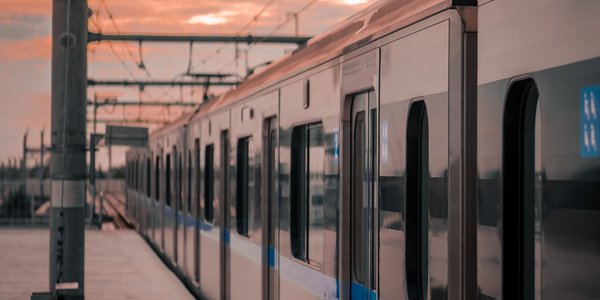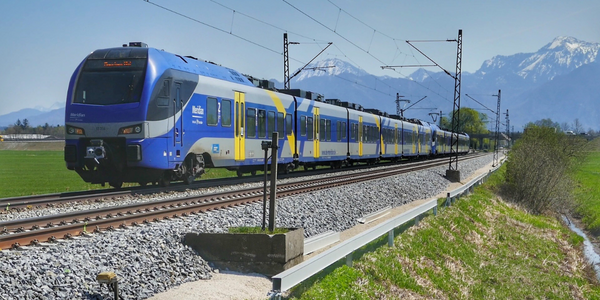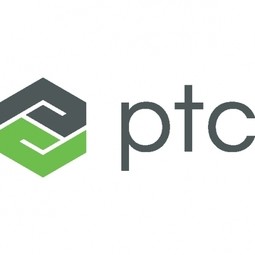公司规模
Large Corporate
地区
- Europe
国家
- France
产品
- Integrity Modeler
技术栈
- SysML
- UML
- OVM
实施规模
- Enterprise-wide Deployment
影响指标
- Productivity Improvements
- Cost Savings
- Digital Expertise
技术
- 应用基础设施与中间件 - API 集成与管理
适用行业
- 铁路与地铁
适用功能
- 产品研发
- 离散制造
用例
- 工厂可见化与智能化
- 预测性维护
服务
- 软件设计与工程服务
关于客户
Alstom Transport is a promoter of sustainable mobility that develops and markets the most complete range of systems, equipment, and services in the railway sector. The company manages entire transport systems, including rolling stock, signaling, and infrastructure, and offers “turnkey” solutions. As a multi-national company, Alstom Transport’s systems design projects involve teams in a variety of countries. Therefore, a development environment truly capable of supporting collaborative working across dispersed teams was important to Alstom Transport.
挑战
Alstom Transport, a promoter of sustainable mobility, was in need of a SysML (Systems Modeling Language) tools supplier that truly understood the standard. They conducted a comprehensive evaluation of all the leading SysML tools on the market, focusing on several key criteria: conformance with the SysML standard, ease of integration and extensibility, collaborative design, ability to manage product lines, and quality of support. As a multi-national company, Alstom Transport’s systems design projects involve teams in a variety of countries. Therefore, a development environment truly capable of supporting collaborative working across dispersed teams was important to Alstom Transport.
解决方案
During the evaluation process, Alstom Transport found that the Integrity Modeler would not only be able to significantly improve the quality of their overall systems engineering methodology, but would also reduce project design time and costs. Integrity Modeler’s ability to use the same OMG SysML modeling language and the same models without the risk of unintentionally duplicated items was crucial in enabling Alstom to meet its goals for future projects. PTC’s flagship modeling tool delivered on Alstom Transport’s technical requirements around compliance to the UML and SysML standards and OVM (Variability Modeling) in a single integrated toolset. With the tool, Alstom Transport implemented model-based product line engineering, i.e., modeling product lines and product families, making decisions on the variable options, and generating product instance models.
运营影响

Case Study missing?
Start adding your own!
Register with your work email and create a new case study profile for your business.
相关案例.

Case Study
Building Smart IoT-Connected Railways
• Difficult environment. Communications equipment on trains must function properly in harsh conditions, such as environment temperatures ranging from -25°C to +85°C, according to the EU standard EN50155.• Railway regulations. All products in a train must adhere to strict standards, relating to working vibration, power consumption, and lifetime.• Lengthy process. Time to market in the railway industry can take years from concept to mass production, so product design requires a solid long term vision.

Case Study
Connected Transportation: A Smarter Brain for Your Train with Intel
A modern locomotive, for example, has as many as 200 sensors generating more than a billion data points per second. Vibration sensors surround critical components, video cameras scan the track and cab, while other sensors monitor RPM, power, temperature, the fuel mix, exhaust characteristics, and more.Most of today’s locomotives lack sufficient on-board processing power to make full use of all this data. To make matters worse, the data from different subsystems, such as the brakes, fuel system, and engine, remain separate, stored in isolated “boxes” that prevent unified analysis. The data is available, but the technology needed to process it in the most effective manner is not. As new sensors are added to the machine, the problem escalates.

Case Study
Using LonWorks to Keep Acela Trains Zip Along
Canadian transportation company, Bombardier was tasked with building a bullet train system on rails that were designed for lower speed trains. In addition, they had to ensure safe and optimal operation at high speeds, maximize train uptime and enhance communication with passengers.

Case Study
Delhi NCR Metro: A Mobile App Revolutionizing Public Transportation
The Delhi NCR Metro, a major public transportation system in India, was facing a challenge in providing accurate and comprehensive information to its daily commuters and tourists. The lack of a centralized platform for information about metro station details, train schedules, fare details, parking, elevators, and tourist locations was causing inconvenience to the users. The challenge was to develop a mobile app that could provide all this information accurately and conveniently. The app needed to be equipped with GPS services to help users find the nearest metro and renowned locations. An interactive map was also required to assist travelers who were familiar with the metro lines. The goal was to provide maximum information with minimum input.

Case Study
Automated Railcar Inspections Increase Security and Revenue
Providing industry and government customers with intelligent inspection, automation, safety, and security solutions, Duos Technologies Group, Inc. (“Duos” or the “Company” - Nasdaq: DUOT) continually pushes the boundaries of IT. To keep pace with expanding AI-enabled data capture analytics for its edge railcar inspections, the company chose the latest Dell EMC PowerEdge servers.Duos Technologies’ challenge was finding a way to leverage technology as a force multiplier to meet customer requirements for a better, faster inspection process for trains running at full speed. Duos developed innovative data analytic solutions with AI at the edge to conduct more reliable railcar inspections, which are available 24/7/365 in all climates and conditions.




